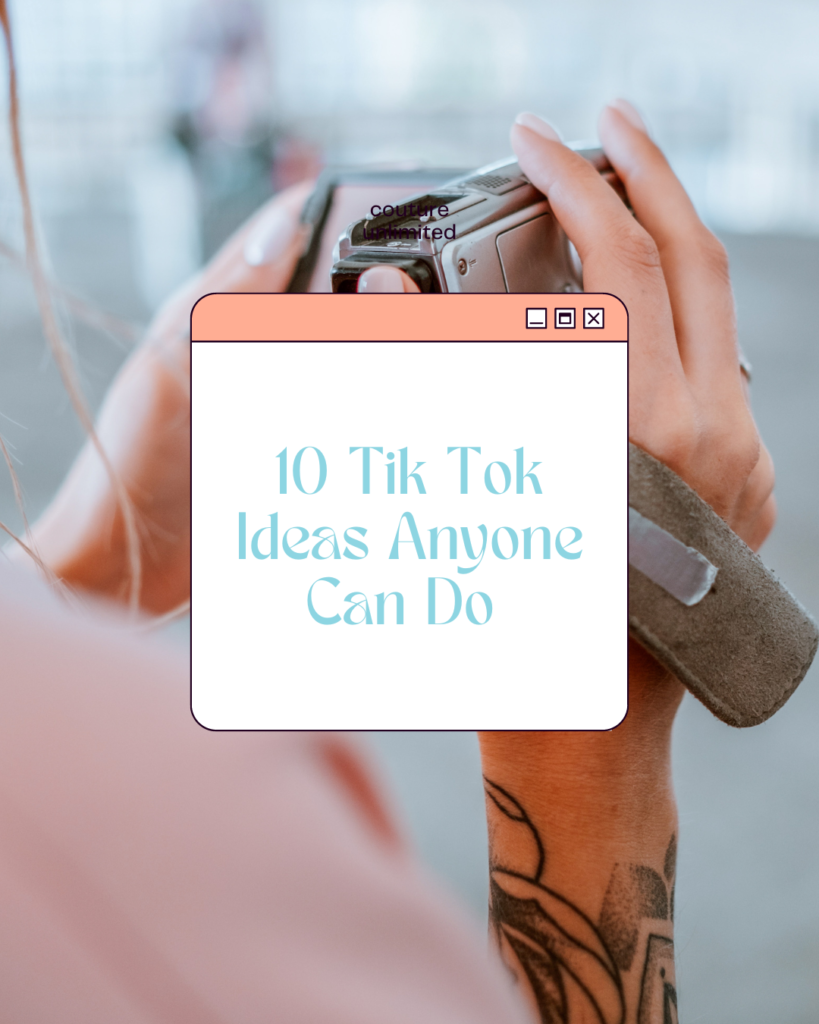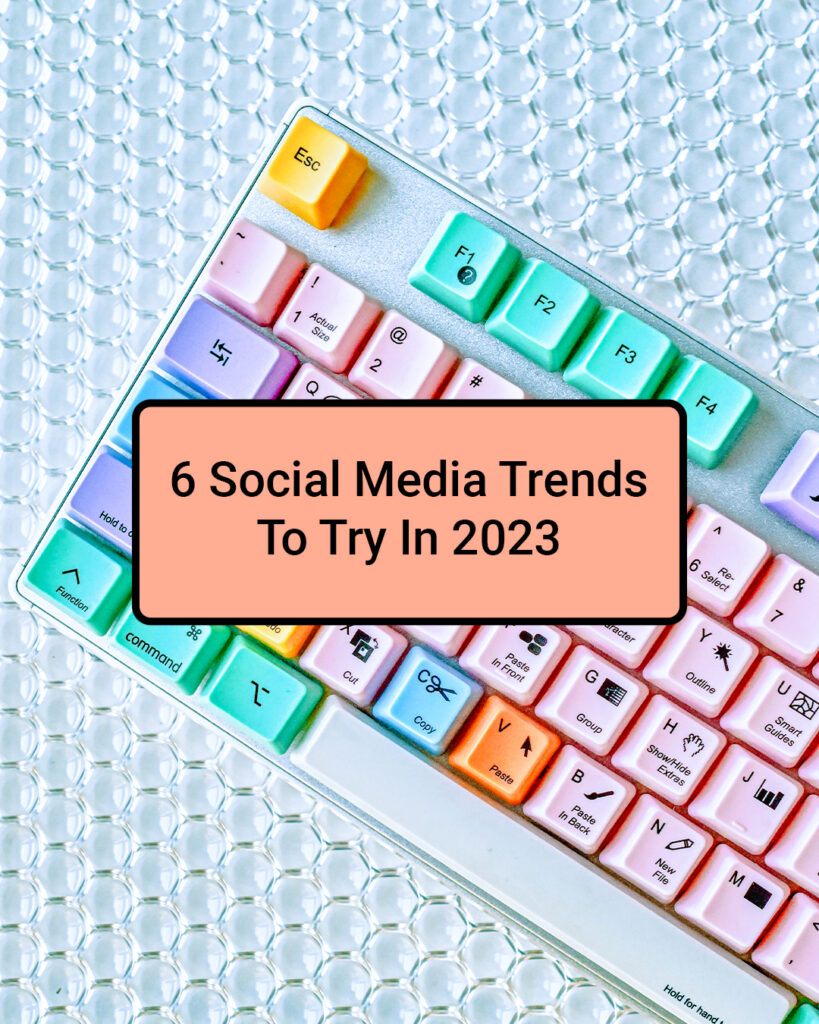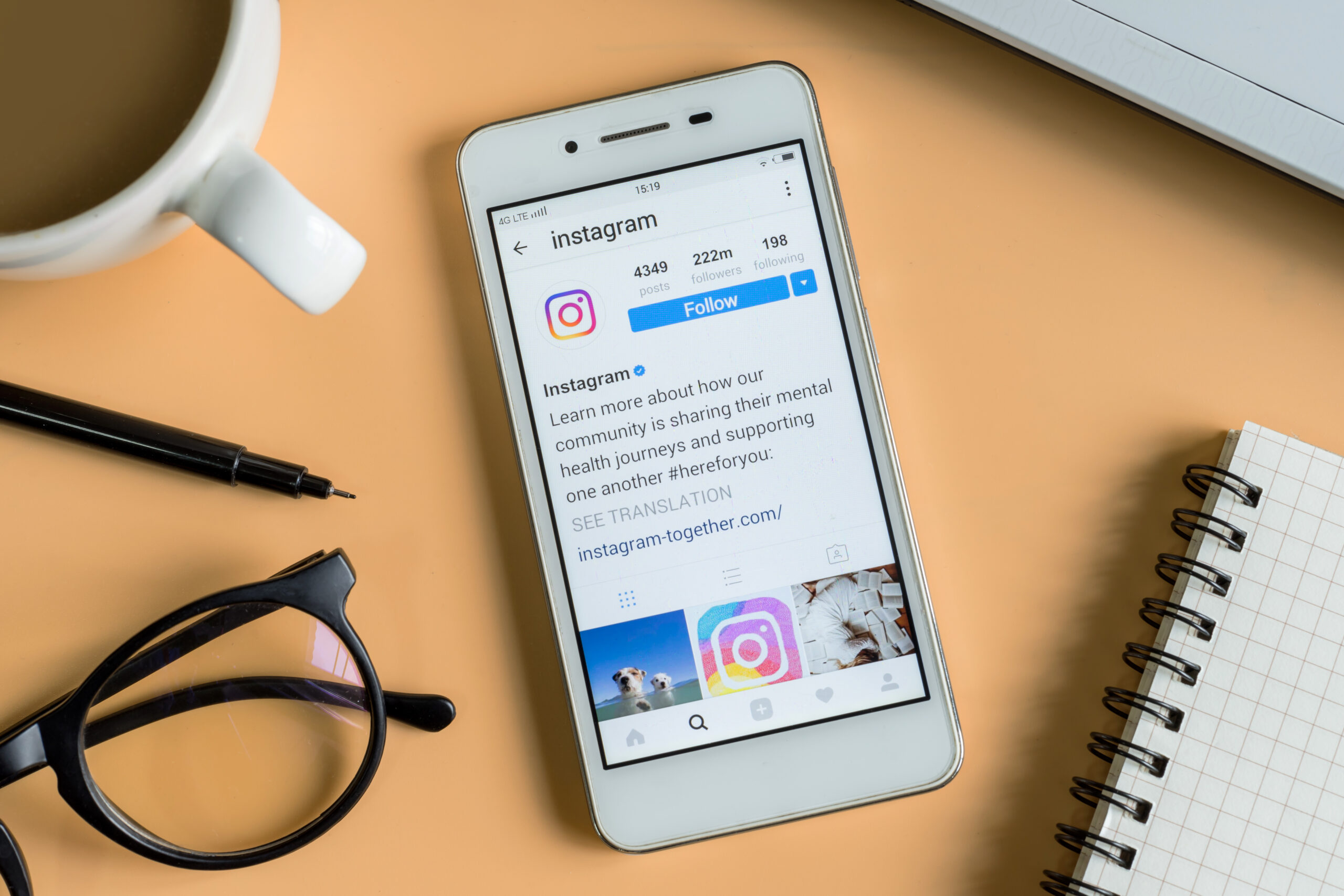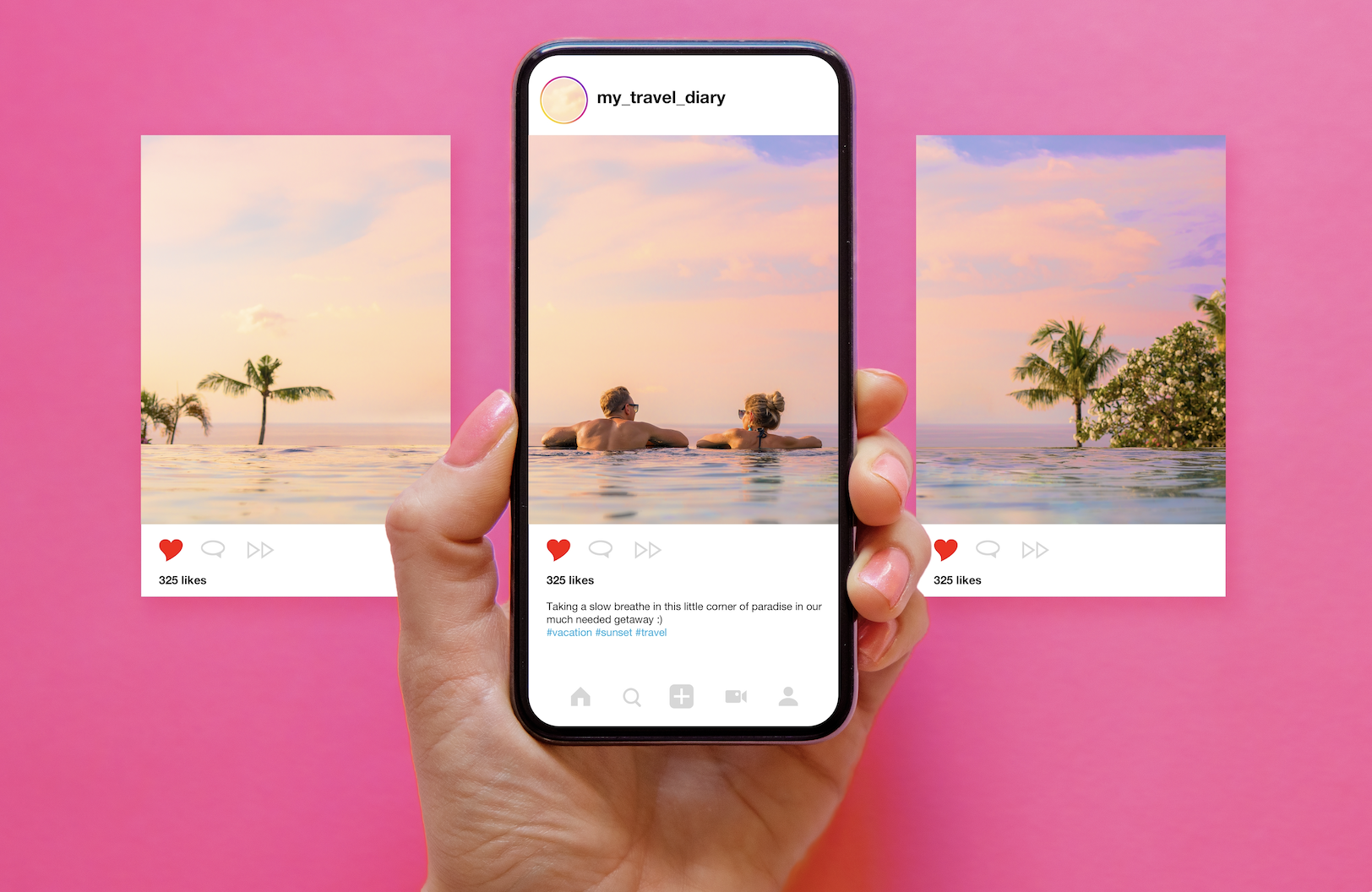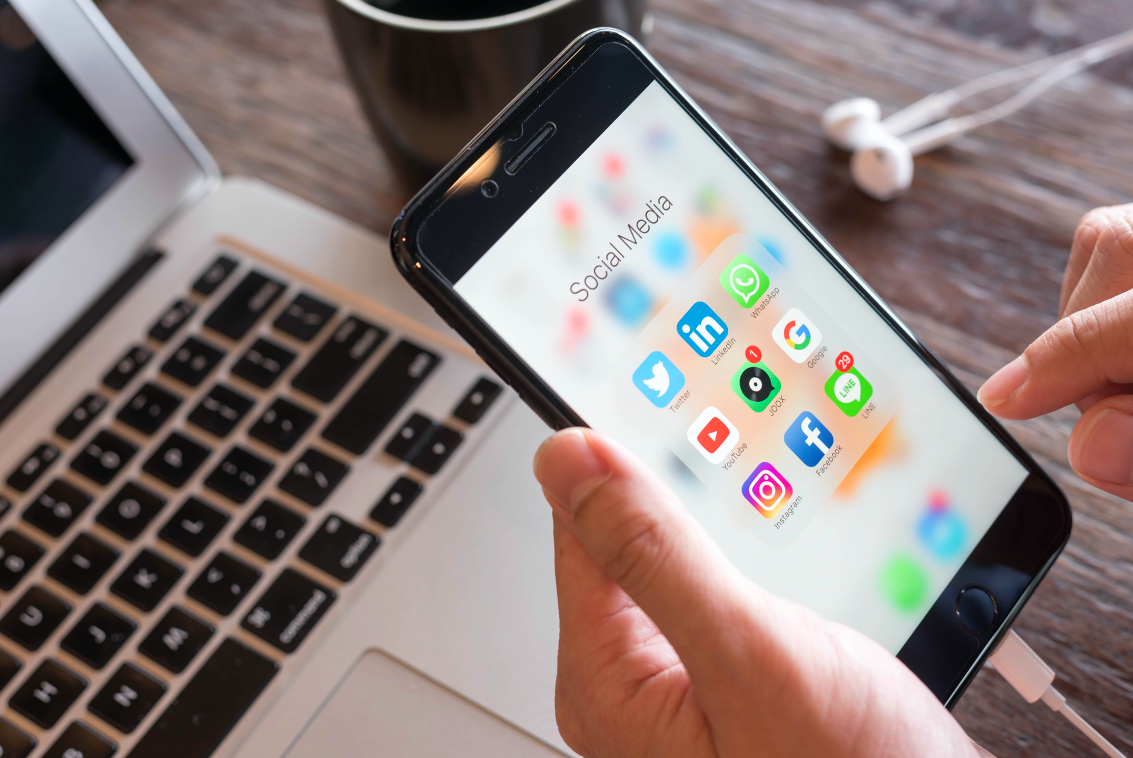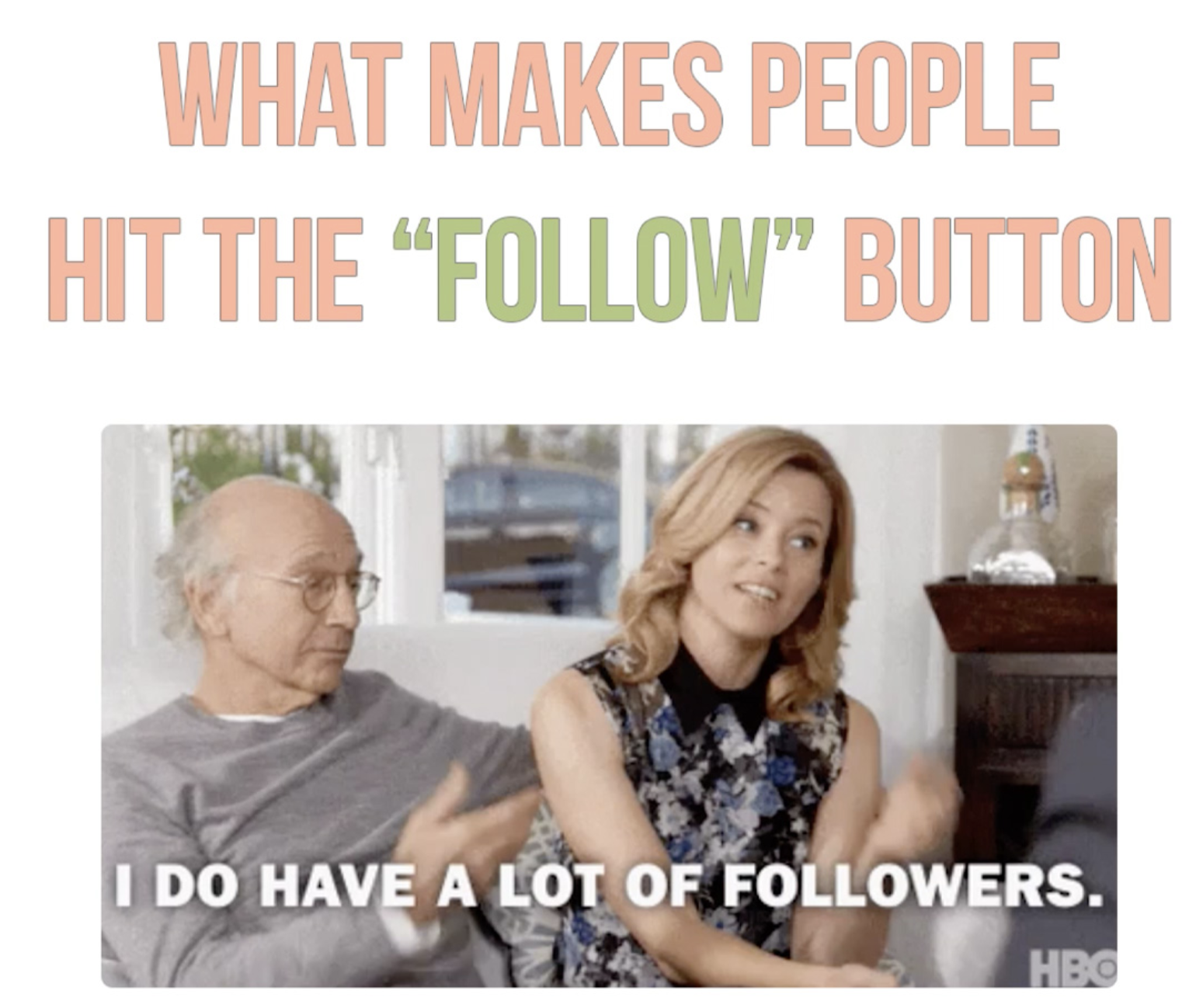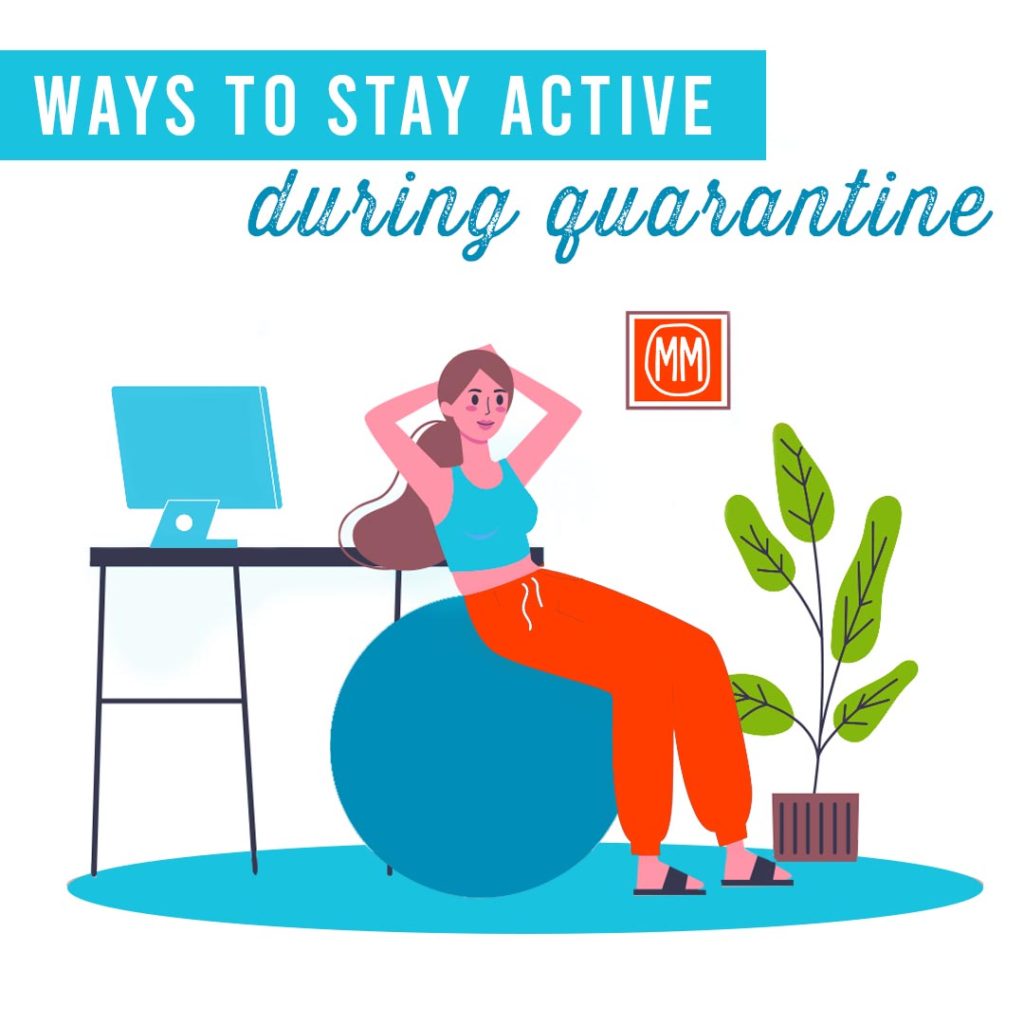
When quarantine started, it was hard to find a “new normal” for everything – work habits, eating habits, exercise and everything in between. We’re significantly less mobile than we were three months ago, and our backs have taken the brunt of the work. As the resident Pilates instructor on the MM team, I’ve learned a thing or two about the importance of a supple spine in this digital age. I’m a firm believer that if your spine isn’t happy and healthy, you won’t be either.
Your spine is supported by all of the muscles that make up your core. A strong core increases your ability to maintain good alignment. However, the answer is not to think “Ok, I gotta do a million crunches a day!” to have a strong core. What is commonly known as your core, is actually made up of four separate muscles, and are activated by different movements of your trunk. In this blog, I’ll explain each core muscle group, the upper body movement that strengthens it, and a Pilates exercise or stretch you can do at home that is spine-friendly.
The rectus abdominis are the most visible and most commonly known muscle of the core. Variations of sit-ups and crunches that lift your chest towards your pelvis are the simplest ways to exercise the superficial layer of your abs. One of my most favorite mobility exercises is the Pilates Roll-Up, as it exercises flexion of the core but also creates a gentle massage for each vertebrae of the spine. Practice how to do the Roll-Up here.
The transverse abdominis are the deepest layer of your core. They span across your two hip bones, and are connected to both the lumbar spine and the pelvis. Due to their deep connection into the pelvic floor, large movements won’t help you engage these muscles. Instead, it’s key to sync the breath to your core movement, which you can do through practicing Single Leg Stretch and Double Leg Stretch.
Your obliques have two layers, external and internal. The external obliques wrap from around the mid-back, around the thoracic rib cage, and down towards the hip bones. The oblique muscles are crucial in helping your lower back, and are best activated by sidebending and rotating. For a simple side bending movement, sit down criss-cross and place the left hand down to the floor. Reach the right arm overhead, keeping the hand in line with the shoulder and you reach towards the left side. Breath into the rib cage to lengthen. Do as many as you desire, then repeat on the other side.
Your internal obliques lie above your transverse abdominals and underneath your external obliques, and are used through movements that involve rotation. You are less likely to feel your internal obliques the way you feel your external obliques when you do certain movements, but know they play a big role in moving the spine safely. To activate your internal obliques, sit either criss-cross or with your legs extended in front of you. Sitting up tall, take both palms and place them behind the base of your skull. As you inhale, stretch your spine towards the ceiling, and begin to exhale as you rotate your rib cage to the left. Repeat 3-5 times then switch sides. After doing this, you can practice the Saw, a basic Pilates exercise that uses these same principles.
The key to keeping your spine healthy and minimizing back pain is to strengthen your core muscles by stretching it in all planes of motion. Start by mastering your own body weight through simple movements. These seemingly simple stretches will activate the muscles that help you stand up, bend over, balance, or play with your dog — and should be a priority before you pick up those heavy weights or go for that long distance run. A strong, supple spine may not always seem like a priority, but do it for the sake of longevity and vitality. Your 60-year-old self will thank you.
